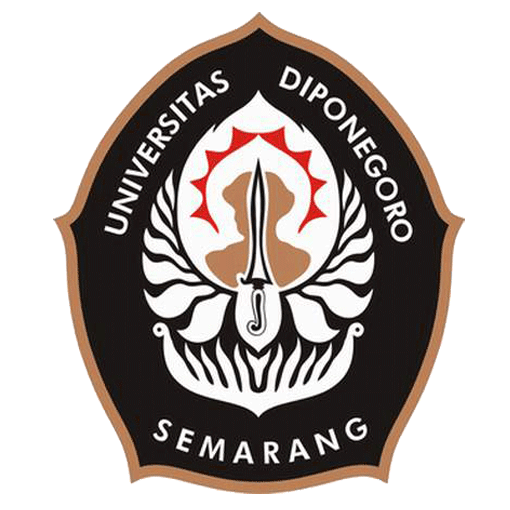Prospective Professor of Diponegoro University, Dr. Bambang Cahyono, M.S. from the Faculty of Science and Mathematics (FSM) made a scientific paper on the “Contribution of Organic Chemistry in the Development of Traditional Medicine”. “The quality of raw materials and traditional medicinal products is highly dependent on active compounds. The requirements for traditional medicine to be able to compete are small organic compounds (molecular weight less than 1000) and produced from secondary metabolism of plants. Medicinal plants that have been passed down from generation to generation from the ancestors of the Indonesian people can cure various diseases,” he said.
“Organic chemistry is a branch of chemistry that studies the structure, properties and reactions of organic compounds, namely materials that contain carbon in their structure and are in covalent bond with other atoms. The study of structures determines their structural formula. The study of properties includes physical and chemical properties, and evaluation of chemical reactivity to understand its behavior. By knowing the types of compounds contained in traditional medicine or vice versa, the benefits shown by traditional medicine used by the community encourage experts to look for the active compounds contained in them. This active compound will then be standardized in number because it greatly affects the quality of traditional medicinal products,” he continued.
Dr. Bambang conveyed that several types of medicinal plants in Indonesia have been used in alternative medicine to cure various diseases, including curcuma (Curcuma Xanthorrhiza), a native medicinal plant of Indonesia containing curcumin which is useful as an anti-inflammatory or anti-bile poisoning. Longjack is known as “Tongkat Ali” (Eurycoma Longifolia Jack) is used to treat premature ejaculation, to improve testosterone levels in men, and to increase sexual arousal in men. Celery (Apium Graveolens) is used to treat gout, meanwhile noni (Morinda Citrifolia) is used to prevent coronary heart disease. Aloe vera (Aloe Vera) is widely used as a beauty treatment ingredient.
In addition, there is Makasar fruit (Brucea Javanica) to treat cervical cancer naturally, this plant has a very bitter taste. It is toxic but if used properly and in accordance with the dosage, this plant is able to treat Diabetes Mellitus because it can lower blood sugar levels in the body. Starfruit (Averrhoa Carambola) can lower cholesterol levels and lower high blood pressure. Mahkota Dewa leaf (Gynura divaricata) is believed to have many health benefits because it contains essential oils and saponins which can be used as a medicine for stroke, treating bruises and lowering high blood pressure. Jatropha leaf (Ricinus Communis) can be used as antirheumatic and medicine for calm effect.
“Researchers around the world are also doing a lot of research to combat Covid-19 virus. Research in the organic field focuses more on the problem of finding drugs to overcome viruses that have entered the human body. In silico research with computational assistance has been able to predict the alleged presence of active compounds obtained from plants. The SARS-CoV-2 virus is the cause of this COVID-19 disease. One of the prospective antiviral candidates from natural ingredients is hesperidin compounds in orange extract and galangin in galangal extract. The combination of orange and galangal extract has potential as an anti-SARS-CoV-2 candidate. The mechanism of this combination stops SARS-CoV-2 infection by inhibiting virus-receptor interactions and stimulating the immune system,” he explained.
Scientific work of Dr. Bambang focused on the point of view of the contribution of organic chemistry values in predicting the activity of ingredients and methods of analysis of traditional medicine. It can be used as a reminder that basic science support has and will make useful contributions to the development of traditional medicine. (Lin – Public Relations)

